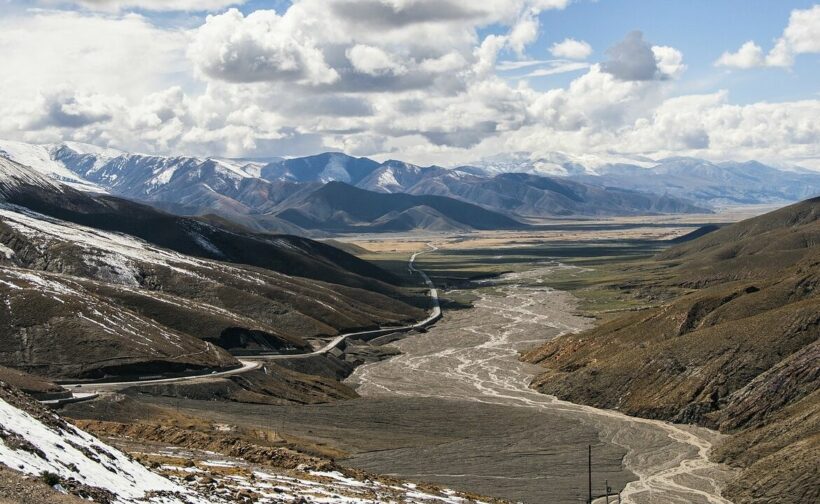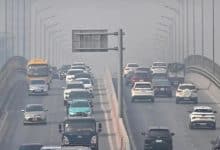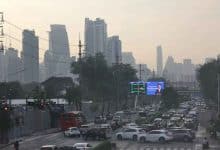Air pollution threatens water supply in Tibetan Plateau for two billion people

The Tibetan Plateau – also known as “The Roof of The World” and the “Asian Water Tower” – is the world’s largest and highest plateau. As the third largest storage of ice in the world, it is the source of several important Asian rivers and a crucial source of water for up to two billion people. A new study reports that an air pollutant called black carbon threatens unprecedented glacial melting in the plateau.
Black carbon is a fine particle soot byproduct of fossil fuel and biomass combustion. It absorbs solar energy warming up its surroundings and contributing to global warming. When it falls on snow, that snow cannot reflect sunlight, warming it up and melting it more quickly.
The Chinese Academy of Sciences’ Northwest Institute of Eco-Environment and Resources released a study at the end of last month in the peer-reviewed Nature Communications journal. It found that black carbon emissions reduced summer rains over the plateau and that leads to the glaciers there shrinking.
This could lead to geological hazards as well as massive water shortages in South Asia.
Any area covered in ice and glaciers – such as the Antarctic, Arctic, and the Himalayas – can be severely harmed by black carbon emissions. The Tibetan Plateau is the most easily threatened, due to its proximity to some of the worst air-polluting countries on the planet. Pollution from India easily drifts onto the plateau. That black carbon resulted in an 11% average loss of glacier mass from 2007 to 2016 over the Tibetan Plateau, and up to 22% in the Himalayas.
Precipitation over the summer on the Southern Tibetan Plateau has been declining since 2004 by an average of 4.4 millimetres per year and seems to be accelerating. That rain usually makes up 60% of the total annual precipitation so its reduction can have a tremendous negative effect on water resources.
Ironically, the same black carbon emissions that have accelerated glacial melting and reduced rainfall on the plateau have increased cloud condensation and atmospheric convection over much of South Asia. That actually increases the rainfall in other areas even while reducing it over the vital plateau.
Asia One reports that scientists are calling for strong cuts in black carbon emissions to avoid potential catastrophe. But while it’s easy to put restrictions on large corporations to reign in emissions, areas like South Asia have millions of small sources of black carbon. Individuals, like kilns along the northern border of India, are also contributing to the black carbon emissions and are much harder to regulate.
Latest Thailand News
Follow The Thaiger on Google News:


























